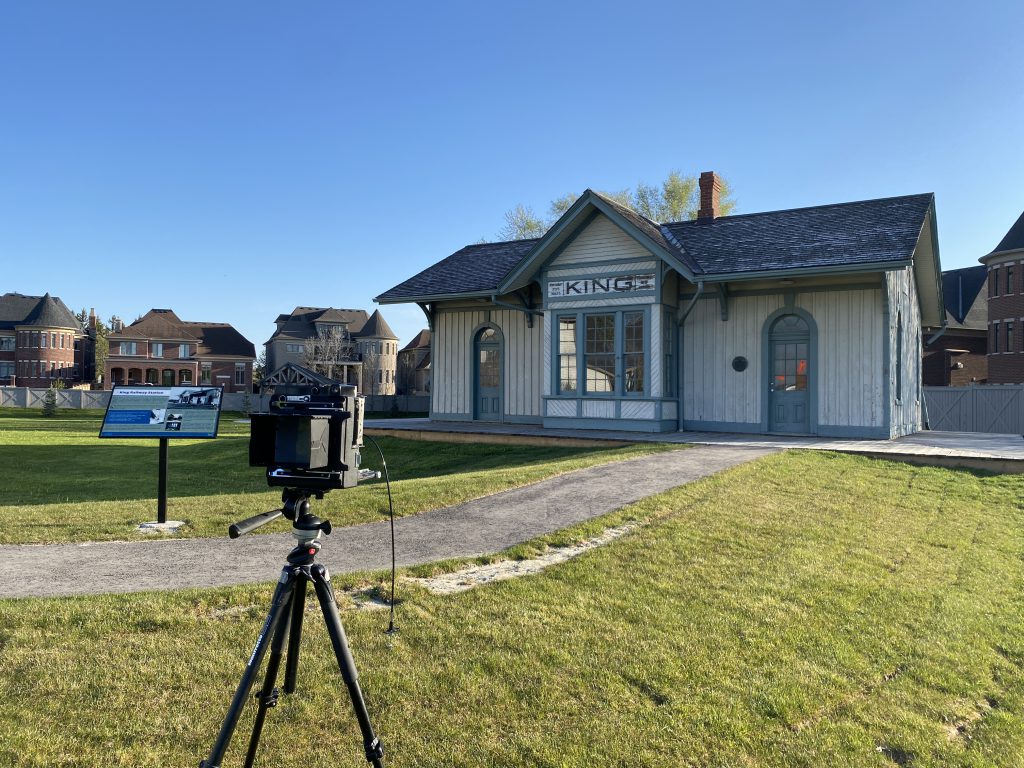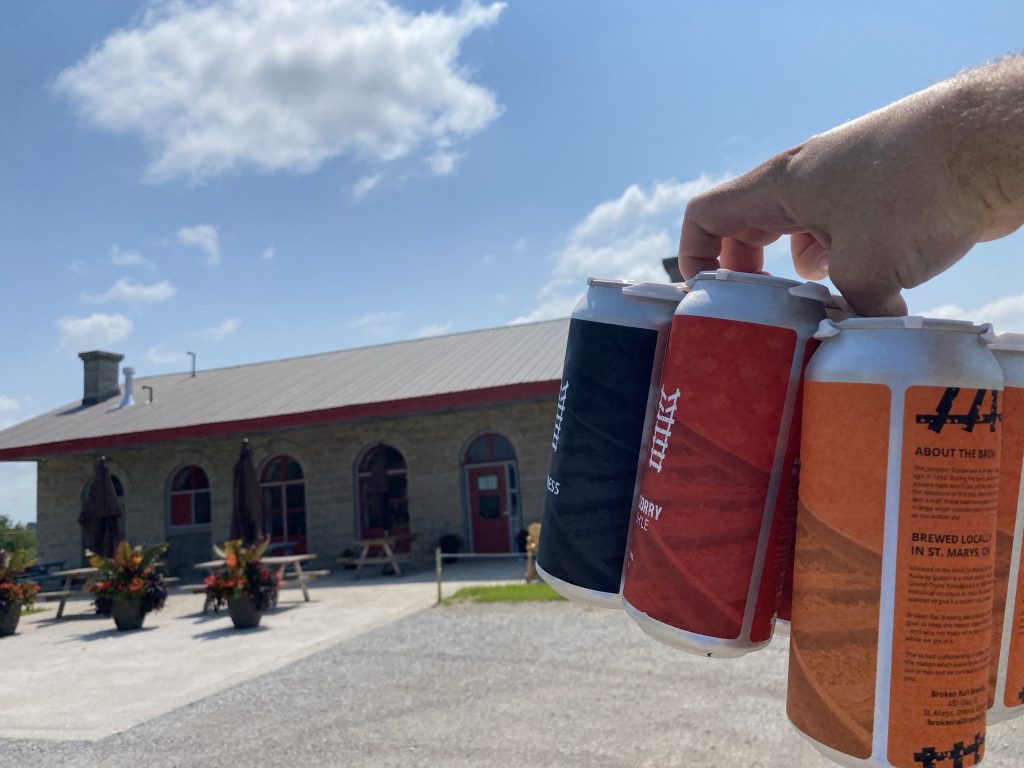There’s always something particularly exciting about starting up a new project. A Faded Glory is a small project on railroad history here in Ontario, as my earlier project on the Welland Canal grew out of my 1867 project. But telling the entire history of the railroad is something that would probably take a great deal of travel and at least a decade to complete in a full and proper manner. And there have been others with more interest and insight than I who have completed such lengthy projects. And honestly, as much as the railroad is fascinating, I’m not a fanatic when it comes to the railroad. I’m a simple photographer looking to tell small stories, and though I did originally plan to tell a much broader tale I quickly realised that even focusing on Ontario would take a long time to complete. I needed something small, compact, that I could complete in a short time frame and spread out over the course of a year.

And that’s where this project, A Faded Glory, started out, small simple stories focused on individual images. Today, the railroad isn’t a grand thing, it’s small, often nuance and a means to an end. A way to get to and from work often with great delay and hesitancy. Trains make us late, either through delays in riding the rails or because a freight train stretches for miles and takes ten minutes to rumble past a level crossing. They’re noisy, the yards cause a great deal of NIMBYism in a community. But the railroad is so much more, it helped make Canada the country it is, it moved people and cargo across vast distances. A relic of the past, yes, but remains an important part of Canada today. In this project, I explore fifty items, a station, a bridge, or a locomotive connected with the great rail era in Canada through the late 19th into the 20th Century. And then tell their stories, often setting them against the greater backdrop of the history of the railroad in Ontario.

Each week I will publish a new blog post starting next week on Wednesday and cover the entire year with this project with a final wrap up at year’s end. That’s a total of fifty-two posts, with fifty of them being the main body of work. I will talk about what the item was, its story, history, and where it will go in the future and what it does today. I spent a great deal of time in the spring, summer, and fall of 2021 collecting the images, researching, and writing. Talking to the people who were there, and who have a passion to preserve the locations and locomotives. All the images are from Ontario, given that travel remained in 2021 a restricted thing. But when it comes to driving and taking a large format camera around, it remains fairly safe. And even if I could not go into all the places that had become museums I made a point to connect through remote means with those who love the buildings. These posts won’t include a grander history of the railways that built the stations. If you missed them, last year over the course of the final week in December, I published a series of posts called “A Brief History of the Railroad in Ontario” in five separate parts. You can review them below.
- Part 1 – Early History (Pre-Historic to 1850)
- Part 2 – A New Way To Move (1850-1880)
- Part 3 – The Drive West (1880-1900)
- Part 4 – A Golden Age (1900-1950)
- Part 5 – Planes, Trains, and Automobiles (1950-2021)

To make this project a reality I went with film, using my Crown Graphic press camera. The reason is that I could easily limit the number of photos I took with each trip out. So I wasn’t out wasting film or taking more photos than needed. Now working with large format does present some unique restrictions. Having only one shot I had to make each one count. Mediate on the scene, pick out anything that might distract. Make sure my exposure and technique were excellent and on point. I used several different lenses, using only the best I had, being my Fuji Fujinon-W 125mm f/5.6 and a Schneider-Kreuznach Symmar-S 210mm f/5.6 and borrowing for the duration my good friend James Lee’s Nikon Nikkor-W 180mm f/5.6 lens. For metering, I went with my Pentax Spotmeter V. The film I used was Ilford HP5+, which is an excellent black & white film stock. Each sheet I over-exposed, shooting it at ASA-200 (rather than the box speed of ASA-400) and then pulling in development. For the developer, I went with Pyrocat-HD, a compensating, sharp, fine-grained developer that imparts a stain to the negatives. I also ensured good stain retention by using the Photographer’s Formulary TF-4 fixer. A non-hardening fixer (which is okay because modern films have a hardener built into the emulsion), that does not affect the stain on the negatives like a modern rapid fixer. I also brought along my digital camera to capture some colour detail shots of each subject which will be included in the posts.
Now the reason for doing all this is for several different reasons. The first is to continue to practice working with large format and improving the craft and mindset. Second I had several goals in mind for the final project. Generally, all the photos I put online are direct scans from the negatives. These scans also went into producing the book version of this project. Which you can purchase over on Blurb! The book will also include some of the digital shots. But I also wanted to do a print element to the project. I aim to make a trio of handcrafted portfolios with 5×7 prints of each negative and make some larger prints as gifts to the different businesses, public spaces, and museums I encountered along the way.